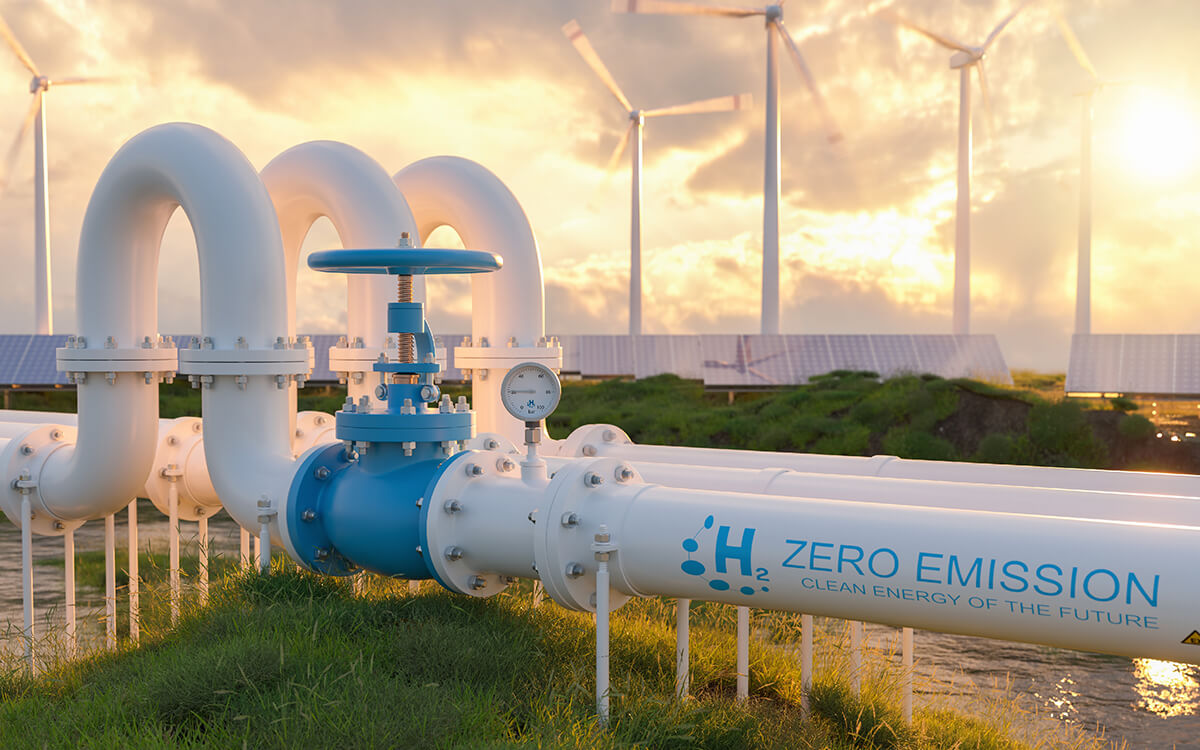Top 3 Obstacles for e-NG Projects That Rely on Renewable Energy
August 2024 by Simon Pickup
1. The cost of building & operating
Such a significant investment on the front end is challenging given there is no offset until the project generates electricity, with the build estimated at 4-5 years. And that’s being very optimistic.
Before you begin your countdown to go live, remember to factor in the time and resources needed to prepare for the project (development permits, environmental approvals, filling hard-to-staff roles such as power engineers, etc.) and—even worse—queueing up in the ever-growing backlog of requests to connect to the grid.
2. The connection to the grid
3. The storage of energy
A challenge with renewable energy is that it is variable, produced only when the sun shines and the wind blows. Instead of adjusting to the grid, it must be flexible and adapt to the energy as it fluctuates. Failure to accommodate these ebbs and flows may result in “firming” by dispatchable, non-renewable sources, rendering the energy less than 100% clean.
Many in the industry believe that energy storage is the key to providing a consistent supply of clean energy to manage fluctuations in production. However, energy storage is not cheap.
Teralta and our partners are on track to produce and transport e-NG by 2027, contrary to others in our space who aim for production in the early to mid-2030s.
Together, we’re building Canada’s first e-NG project that uses stranded hydrogen to generate the lowest-cost clean hydrogen on the market today. And we’re delivering the project in record time. To learn more about Teralta e-NG, read the e-NG blog post, visit our website, or reach out to me directly via LinkedIn.
